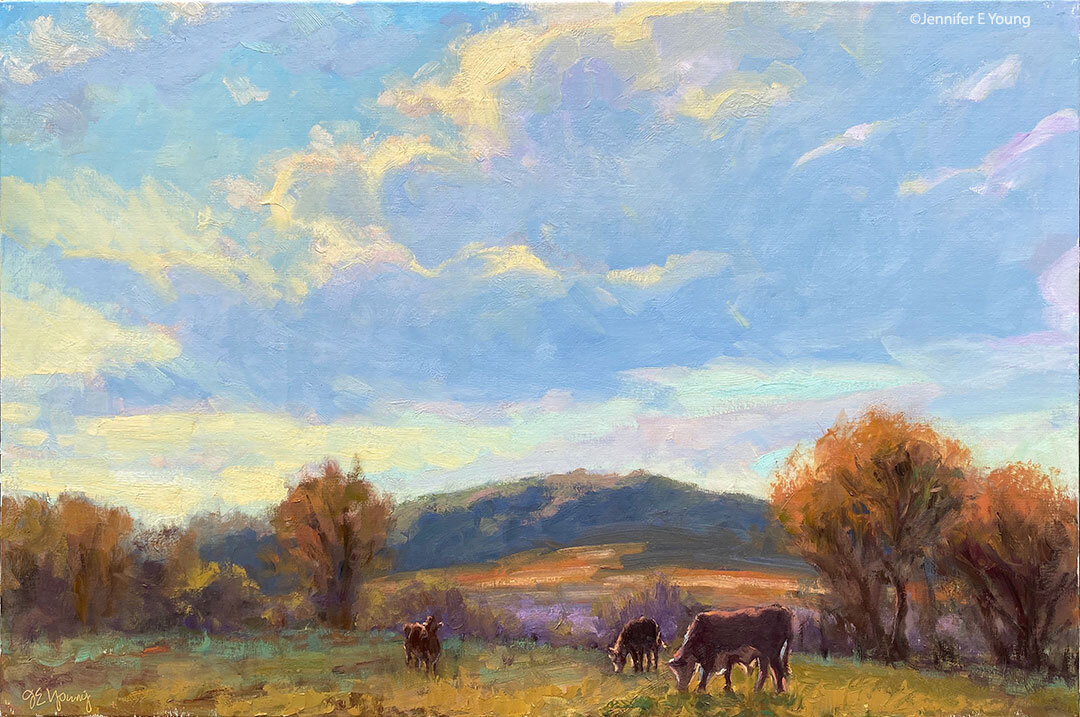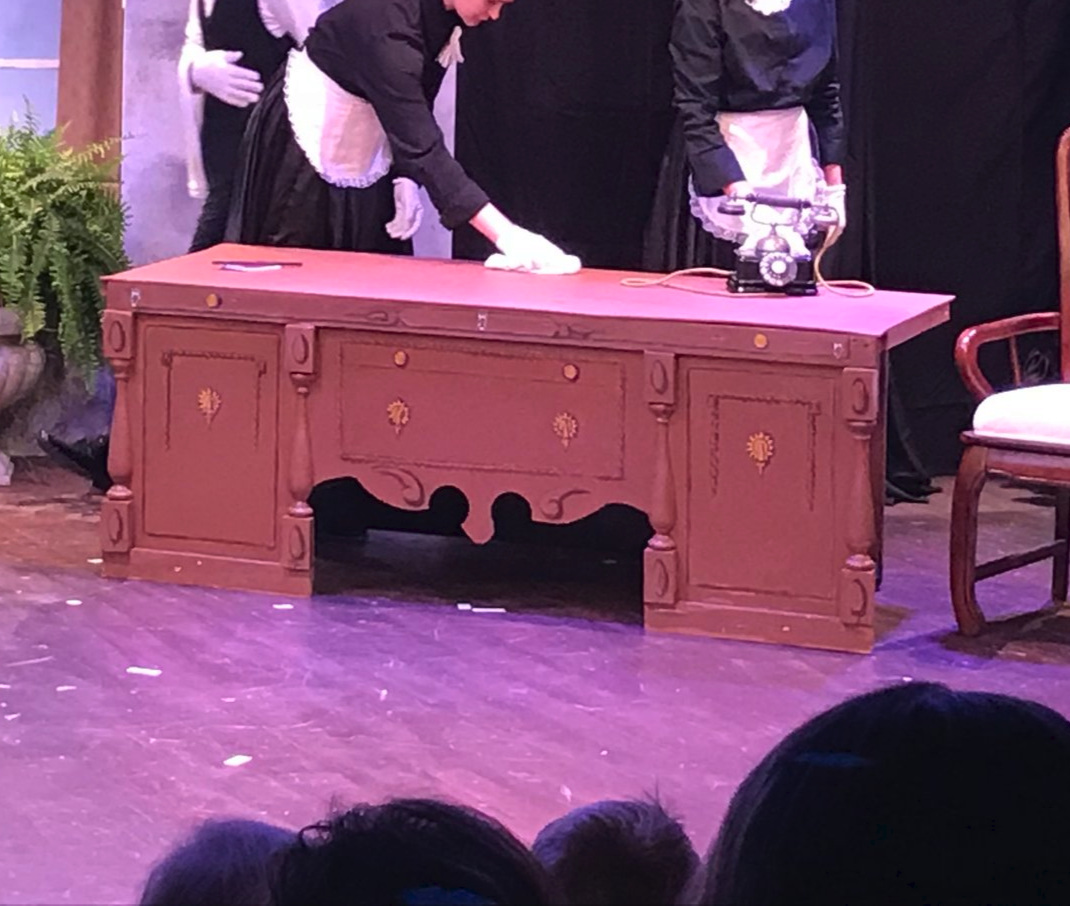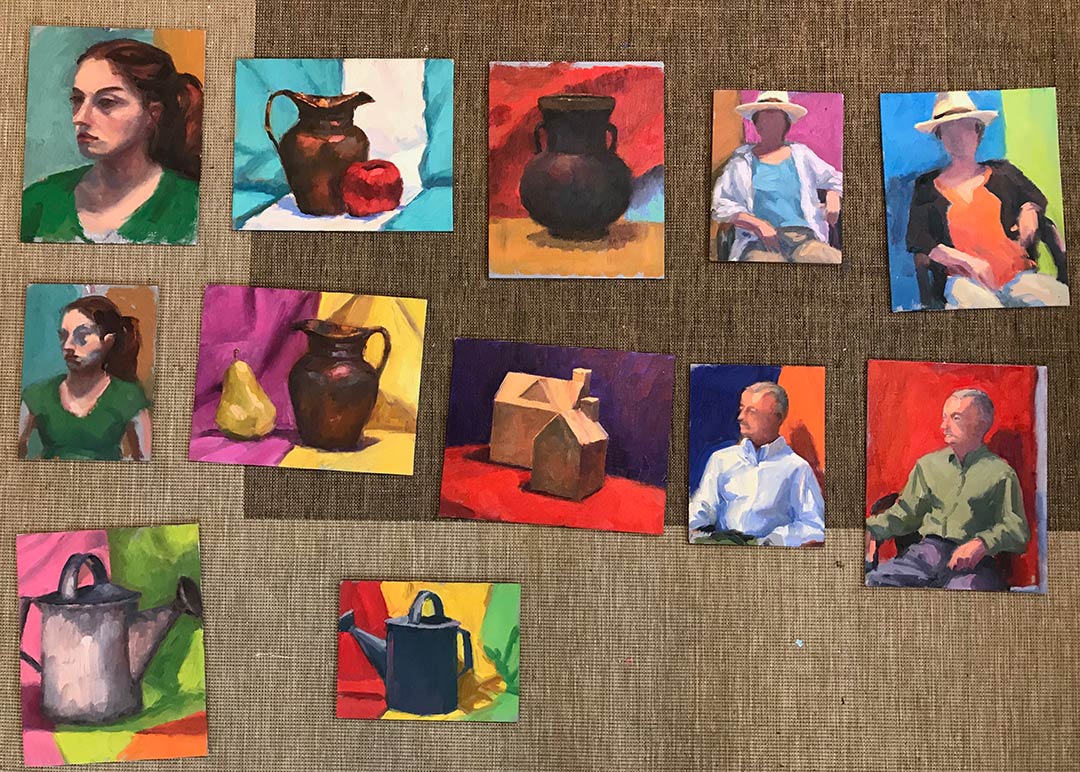I've arrived in Asheville
/I'm here to take a painting workshop from two painters who I really admire; Ken Bachkhaus and John Budicin. This is a gift I've given to myself following the work I've done for my last show and some large commissions. I was on the waiting list and there was a cancellation so I found out rather late I could get in. I have a ton of work to do to get ready for my new studio opening, but I decided to go for it any way. I haven't taken a workshop in a while, but as an artist there is always much to learn. I never want to get to a point where I think I know all there is to know. As long as I can stay filled with wonder and curiosity I know I am in a good place. I have held a short list of artists in mind whose workshops I feel would be of benefit to me. But as a working artist, it is hard to find the time to travel all over the place to take classes. The opportunity presented itself with TWO artists I admire, and I couldn't pass it up.
My drive into Asheville was stunning. If this isn't the peak week of autumn here it has to be pretty darn close. The mountains were dressed in a kaleidescope of fall colors. Weather has been spotty so there were some large storm clouds clearing away in the sky as the sun set over the mountains. I drove due west straight into the most spectacular sun and cloud displays I think I have ever seen. I wished I hadn't been driving so I could have at least snapped some pictures! As it was I had no idea where I was going so I had to pay attention to the road and catch glimpses as well as I could. Any way it made me feel excited to be here.
We are in for a chilly week. I have a low threshold for the cold so it should be interesting, as this is a plein air excursion. The forecast is pretty "iffy" so far, but it looks like we will get at least two or three days with some sun. Tomorrow is supposed to be windy as well. I'm game though. I intend to learn some things and I have no doubt I will. I hope to post my work on the blog (the good, the bad and the ugly) as I develop it while I'm here.Â

 In my opinion it is a good idea to try and mix your own greens as much as possible. It is easy to spot a painting that uses a lot of out-of-the-tube greens. It's not that tube greens are bad (and I definitely carry at least one when I paint en plein air because of the need for speed.) But painters can become over-reliant on them to the point where the same green is used for everything (trees, grass, shrubs, etc.) and the painting lacks nuance or variation.
In my opinion it is a good idea to try and mix your own greens as much as possible. It is easy to spot a painting that uses a lot of out-of-the-tube greens. It's not that tube greens are bad (and I definitely carry at least one when I paint en plein air because of the need for speed.) But painters can become over-reliant on them to the point where the same green is used for everything (trees, grass, shrubs, etc.) and the painting lacks nuance or variation. .
.
























